100218_YKMV_A11.pdf







shop online at www.missourivalleyshopper.com
October 2, 2018 • Page 11
South Dakota Pheasant
Hunting Forecast 2018
It’s South Dakota’s 100th pheasant hunting season this fall. With a good hatch occurring pretty much statewide in 2018, there
are simply more pheasants on the ground.
And more habitat too: Without a summer
drought, emergency haying wasn’t necessary on key grasslands.
More birds, more acres to hunt … the
combination should be good for a centurymark season in South Dakota. While pheasant counts are still below the 10-year average, 2018’s move was in the right direction.
WEATHER AND CONDITIONS
“It was an eventful spring in SD to say the
least!” reports Travis Runia, Senior Upland
Game Biologist with South Dakota Game,
Fish and Parks (SDGFP). “April featured record cold temperatures and unprecedented
snow, especially in the Southeast. Very fortunately, May was the fifth warmest on record,
which kept pheasant phenology on track.”
“The pheasant nesting season peaks in
May,” says Runia. “Relatively warm and dry
conditions without drought are ideal for
nesting and that is what most of the primary
pheasant range experienced this year. Favorable conditions extended into the critical
early brood-rearing period of June for most
of the state. Even though our southeastern
7 counties experienced very high rainfall in
June, survey results there still showed an
increase in pheasants.”
HATCH AND BROODS
That’s all good news for pheasant hunters. “Most of the state saw a very healthy
increase from last year, which was a tough
year for South Dakota standards,” says
Runia. “Overall, roadside survey results indicate a 47% increase in pheasant abundance.
The 2018 pheasants-per-mile index is 2.47,
up from the 2017 index of 1.68.”
HABITAT AND PROGRAMS
“Due to drought relief this year, hunters
will find far fewer hayed CRP and CREP fields
in 2018 versus 2017. This will result in more
areas to hunt,” says Runia. “This is particularly good news for hunters who target
Walk-in Areas (WIA) for pheasant hunting.
Approximately 20% of the state’s CRP lands
are enrolled in the popular WIA program,
with an additional 39,000 acres added this
year.”
South Dakota is replete with productive
public lands for the pheasant hunter willing
to drive, scout and get out and walk. “In fact,
there are 1.1 million acres in all in the heart
of South Dakota’s pheasant range,” says
Runia. Go to https://gfp.sd.gov/hunting-areas
to explore all the public hunting opportunities on a web-based interactive map, and
explore the atlas or order a paper copy of it
for your truck.
TOP SPOTS
“Although not all areas have rebounded
back to 2016’s pheasant levels, hunters
should have improved hunting overall in
2018,” says Runia. “The combination of
higher bird numbers and more undisturbed
habitat should improve hunting opportunity
across the state.”
It’s South Dakota. You really can’t pick
a bad spot to go. The Huron and Mitchell
areas clearly saw robust increases in birds.
Don’t ignore the entire James River Valley, all
the way up to Aberdeen, where PPM counts
increased 30% but anecdotal observations of
late-hatch broods are encouraging. Northeastern South Dakota – the Prairie Coteau –
rebounded nicely from last year as well.
INSIDER TIPS
“Opening weekend is a very popular period to pheasant hunt in South Dakota,” says
Runia. “Many friends and family treat opening weekend as a holiday and make it a point
not to miss the ‘opener.” And that’s good.”
“However, as crop harvest progresses
hunters can experience higher success rates
later in the season,” he adds. “As hunting
pressure slowly declines, and it just does,
opportunity for high-quality hunting extends
well into the season. Hunters should consider hunting high-quality habitat adjacent
to recently harvested grain fields for a strategic mid-season hunt.” Head toward frozen
cattail sloughs in late season and you’ll
have the countryside – and the birds – all to
yourself.
Bottom line, you can head to South
Dakota after the crowds of the first couple
weeks have subsided, and still have a great
hunt. There will be birds to be had, and
plenty of land on which to chase them.
Hunting Wild vs. Preserve Birds, 101
By John B. Snow,
Outdoor Life
Some wingshooters are
wild-bird snobs. I get the appeal, since I’m lucky enough
to live in a place with an
abundance of sword-tailed
roosters that grow armorlike
feathers late in the season,
skittish Huns that are prone
to flushing wild in the wheat
stubble, and
But I’ll never look down
my nose at a well-run outfit
with planted birds. They are
great places to work young
dogs and hunt with older
companions who can’t hike
the uplands the way they
used to. And they provide
bird-shooting opportunities
to thousands of sportsmen
who otherwise cannot access wild birds.
Plenty of hunters get to
experience a bit of each.
And though both types of
hunts involve feathers, dogs,
and smoothbores, the shooting techniques for each are
not the same. These are the
key differences.
The Shot
Wild birds fly harder and
flush faster, and most of the
time they don’t hold as tight
as preserve birds, giving the
shooter a shorter window
of opportunity to get the
gun up and pull the trigger
before they wing out of sight
or out of range. An efficient
gun mount—with the barrel
already pointed toward the
spot where the birds are
likely to flush, and your eyes
gazing over the bead on the
muzzle—is critical. There
isn’t much time to think.
The gun needs to be moving
right now to establish the
correct lead, and ideally you
want to trip the trigger just
after the butt of the shotgun
is pulled into the shoulder.
If you try to employ the
same lightning reflexes on a
planted bird, you’re going to
end up with a mess of feathers in the sky and a worse
mess on the ground. Once
the bird flushes, reciting a
deliberate “one-one-thousand, two-one-thousand” will
give it a chance to get out
20 to 30 yards before you
shoot, making for a cleaner
kill and better table fare.
The Environment
Hunting stocked birds
can be a chaotic affair, with
several hunters walking
abreast and a dog handler
moving back and forth,
keeping track of the pointers and retrievers as they
dart in and out of the cover.
Add to this the tendency of
planted birds to fly low, potentially in close proximity
to the dogs, and you have
a recipe for disaster if the
shooters aren’t paying attention to everything going on
around them.
I consider taking a conscious mental snapshot of
the environment to be a part
of the shooting technique
for planted birds. I need to
know where all my companions—both two- and fourlegged—are in relation to
me and the bird, and unless
I can account for everyone, I
pass on the shot.
When chasing wild birds,
you still need to be on top of
all this, of course, but chances are there will be fewer
hunters, fewer dogs, and no
guide to worry about. The
bigger challenge with shooting wild birds is the physical
environment. Deep cattails.
Tangles of young alders.
Broken rocky ground.
Keeping track of your
footing and knowing where
you can plant your feet
should your dog get birdy
will improve your chances
of connecting in thick, tough
cover.
Your Gun Selection
It’s easy to overthink the
right gun, choke, and load
combo for bird hunting.
I believe half the reason
some folks put so much
effort into concocting their
“ideal” setup is so they’ll
have something to argue
about with their buddies in
the café before the hunt and
in the bar afterward. But it
is true that planted birds
are more forgiving when it
comes to shotgun selection.
They are easier to kill than
their wild cousins, giving
you the flexibility to go with
a lighter gauge and a lighter
payload of shot.
Whereas I won’t go smaller than a 20-gauge when
I hunt mountain grouse, I
won’t hesitate to use a 28
on planted pheasants. You’ll
never go wrong with a 12, of
course, but planted pheasants and sub-gauge shotguns pair as nicely as Stilton
cheese and port.
Your Shell Choice
With preserve birds,
standard low-brass game
loads in 12- and 20-gauge
offer plenty of knockdown
power without generating
excessive recoil.
Wild birds merit more
consideration, however. On
any wild bird, high-brass
No. 6s are the lightest I’ll go.
If the cover is thicker, the
shots are longer, the hunt is
later in the season and the
temperatures are colder and
snow is on the ground, or
I’m after larger-bodied birds
like pheasants, I’ll go up in
shot size to No. 5s or 4s.
There are some hunting
operations where the line
between wild and stocked
birds isn’t very clear. These
premium lodges usually put
out large quantities of birds
early in the season, and by
the time your dog points
them, they fly and act much
like wild birds.
I joined some friends at
one such place a couple
of seasons back: Pheasant Bonanza in Tekamah,
Nebraska.
vOutdoor Life
vPheasants Forever
Game Processors Participate in
Sportsmen Against Hunger Program
By: Ron Fowler,
South Dakota Sportsmen
Against Hunger
Game processors are
naturally key to success
of the Sportsmen Against
Hunger (SAH) game donation program. In the past
year 37 processors across
the State processed over
34,000 pounds of donated
game. Over the years as
many as 51 processors
have participated and have
processed as much as
100,000 pounds.
To help with incentives for hunters to donate
game, processors have
reduced their fees for
processing donated game.
This, in addition to SAH
providing processing
certificates for hunters to
use in paying most or all of
processing fees for antlerless deer, doe/fawn antelope and Canada geese,
has resulted in additional
donations of this game.
Participating game
processors also work
with SAH in arranging
for delivery of processed
donated game meat to
local food pantries, or to
Feeding South Dakota food
banks which distribute
the donated meat to food
pantries in their respective
areas of the State. The food
pantries then make the
meat available to families
in need.
For the upcoming
Fall and Winter hunting
THE HUNT
Starts Here!
850 S Highway 281
605.225.2737
50
Years
given on the SAH website
www.feedtheneedsd.com.
And a link to a Department
of Game, Fish and Parks
processor map is shown
on the SAH website.
KONES
KORNER
Country Store
ATTENTION HUNTERS
See Us For Your Wild Game Processing
Products available from
your fresh game:
•Salami
•Cheese Salami
•Smoked Country
•Ring Bologna
•Wieners
•Cheese Sticks
•Breakfast Sausage
•Bratwurst
•Cheesy Brats
•Jerky
•Sticks
•Dried Deer
Steiner’s Locker
404 E. 3rd St,. Yankton, SD • 605-665-3407
OvER 2500
guNS ON haNd
BUY • SELL • TRADE
18299 uS hwy 81 Castlewood, Sd 57223
605-793-2347 • www.koneskorner.com
Did you know people
who do not wear hearing
protection while shooting
can suffer a severe hearing
loss with as little as one shot,
if the conditions are right?
One Shot Is All
It Could Take!
You can prevent hearing loss by using
appropriate hearing protective devices.
Talk with our audiologists to choose
the type of hearing protection that is
right for you.
GUNs.
AMMO.
GEAR.
AbERdEEN, sd
seasons and game donation period, the number of
participating game processors has increased to 40.
The list, along with more
information on SAH, is also
Over
We’re H“ear” For You!
MITCHEll, sd
515 E Spruce Street
605.996.0316
sodaksports.com
EAR, NOSE & THROAT
ASSOCIATES, P.C.
2525 Fox Run Parkway, Suite 101, Yankton
605-665-0062 • 1-866-665-0062 • www.entyankton.com
Beth J. Beeman
Au. D, CCC-A
Todd A. Farnham
Au. D, CCC-A





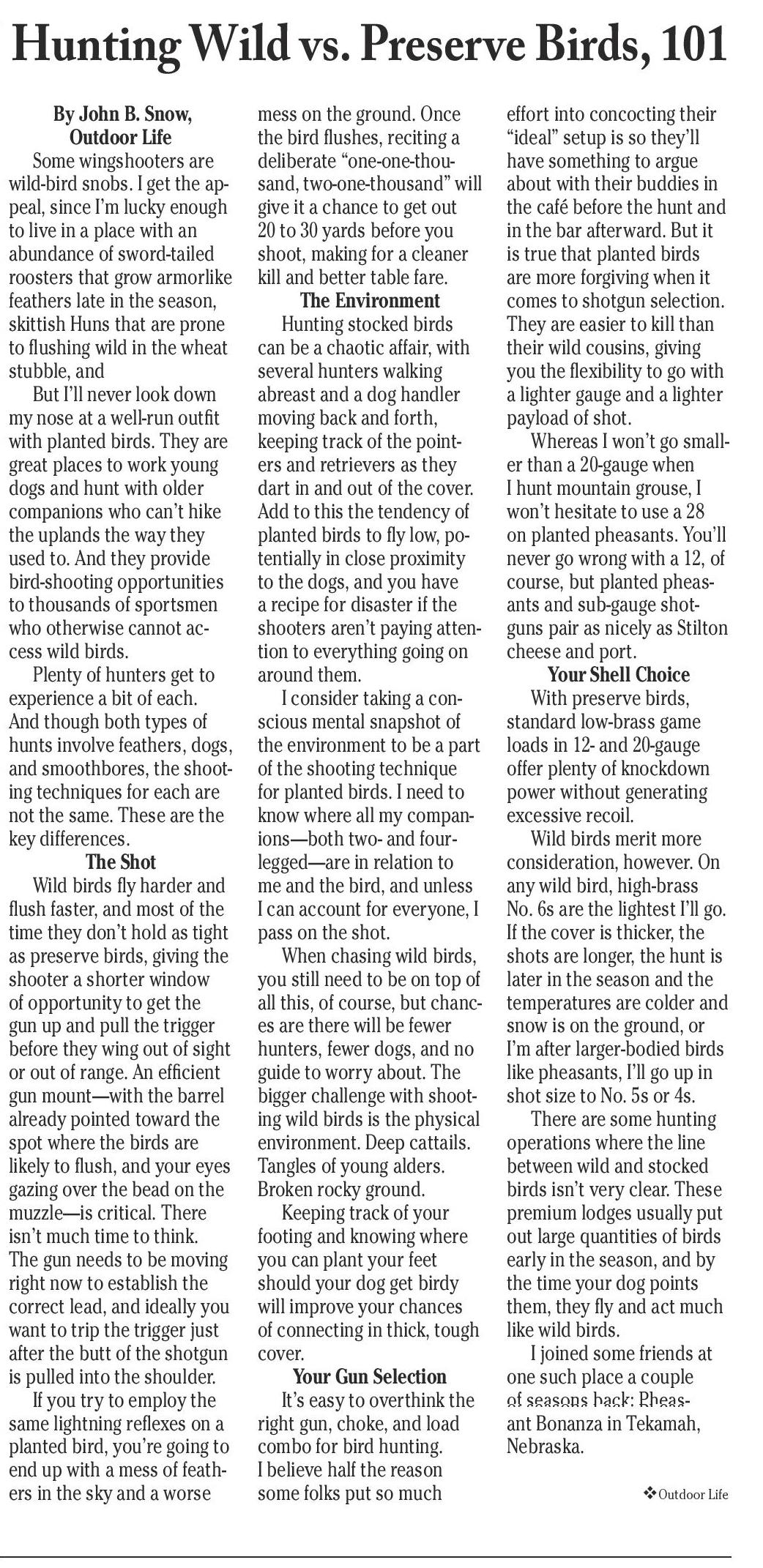
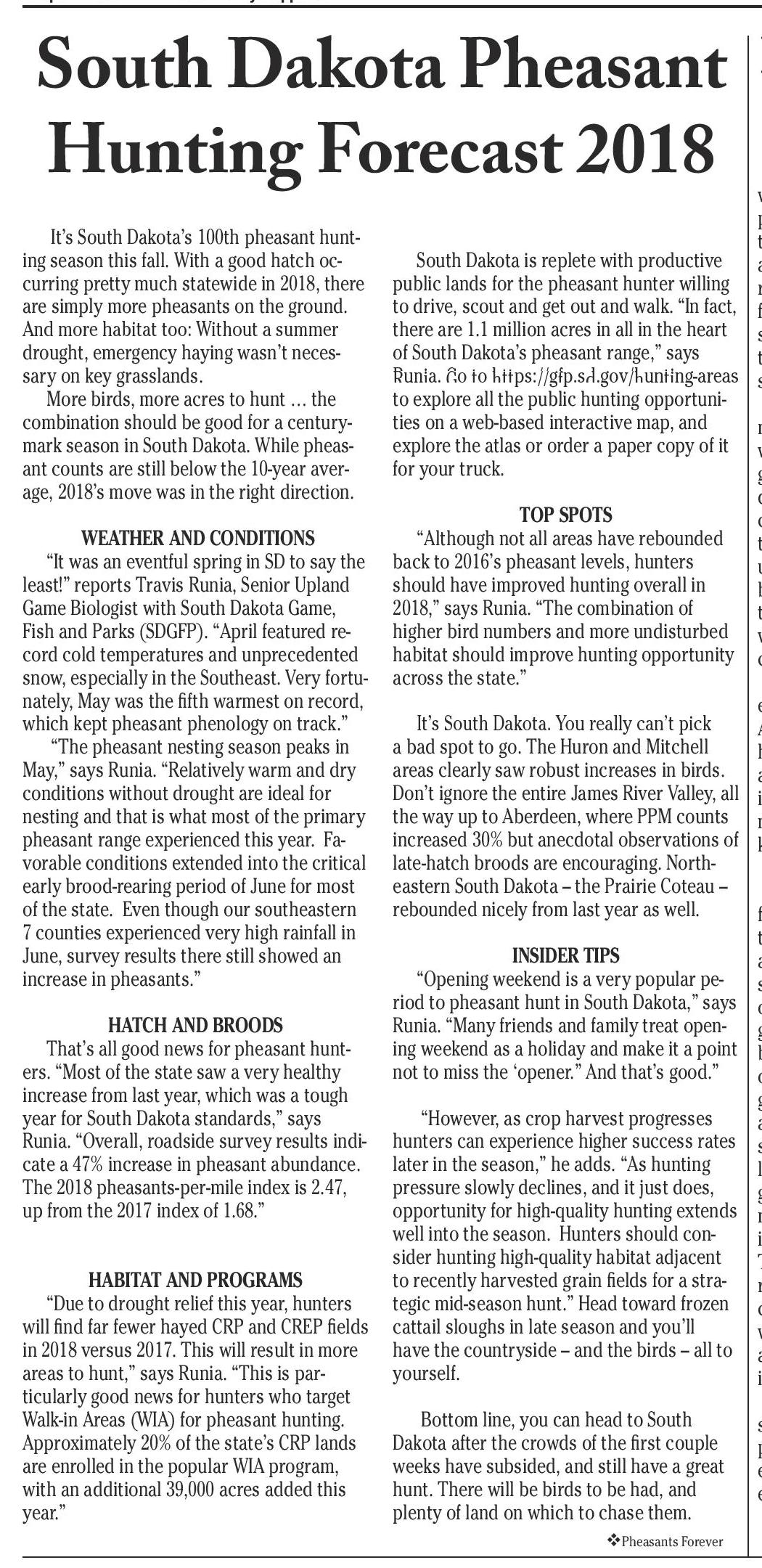

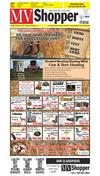



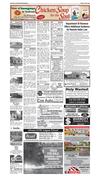

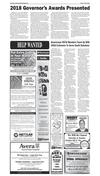
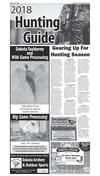
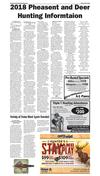
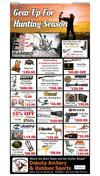
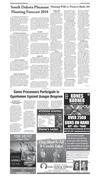

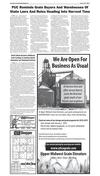

 Previous Page
Previous Page





